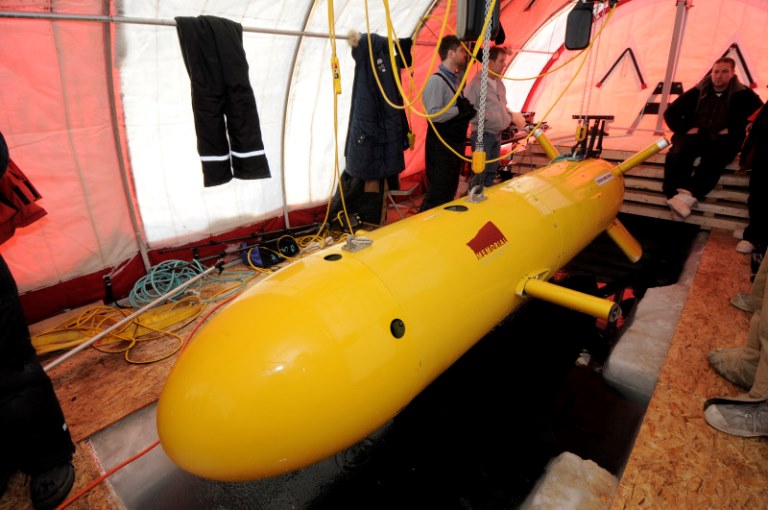Integrated approach
Researchers at Memorial University are using unconventional methods to seek answers to their questions, and they’re doing so with the help of the Core Research Equipment and Instrument Training Network (CREAIT). 
Take Dr. Meghan Burchell. Dr. Burchell, an assistant professor with the Department of Archaeology, is working with Dr. Rebecca Lam and the Micro Analysis Facility (MAF-IIC) to examine the unique chemical signatures of shells. Her research will use laser ablation to examine the chemical composition of a shell to identify periods of environmental change that may help to understand the decline of the salmon industry in British Columbia.
“Archaeological research doesn’t typically use trace elements to answer these kinds of questions about our past,” said Dr. Burchell. “Working with the staff at CREAIT allows faculty and graduate students in archaeology to answer questions about peoples’ past interactions with both the natural and material world.”
Archaeology is not the only discipline thinking outside the box.
In 2012 Dr. Trevor Bell began measuring lead levels in trees. Tropical storm Leslie took down many of the city’s oldest trees in Bannerman Park, offering a prime opportunity for Dr. Bell and his team to work with Dr. Lam in the laser ablation facility. The project blossomed into something bigger – creating a 170-year-old record of lead pollution and opening the door for future work on sustainability and environmental monitoring.
Explorer, Memorial’s autonomous underwater vehicle (AUV) and the star of the Marine Environmental Research Lab for Intelligent Vehicles (MERLIN), is also providing opportunities for unconventional research for many disciplines at once.
Like MAF-IIC, MERLIN is part of the CREAIT Network’s various research facilities and equipment.
Although used mostly for underwater research in areas too hazardous or difficult to access, Explorer recently embarked on the first multidisciplinary scientific research mission of its kind through the Responsive Autonomous Underwater Vehicle Localization and Mapping Project. The five-year project, led by Memorial University and managed by MERLIN staff, developed an integrated approach to the AUV’s practical research applications so that many disciplines could benefit from the use of one survey.
The AUV underwent improvements for capacity and autonomy and embarked on a survey through Smith Sound, N.L., home to one of the largest overwintering inshore cod populations, despite the decline of cod in other areas. It is also the location of documented, but yet-to-be found shipwrecks and internal seiches and resonant tidal forcing – making it a prime location of interest for various disciplines: history, geography, computer science and physics.
“The staff at the CREAIT Network has a very acute understanding of the inner workings and capabilities of the research facilities and equipment at Memorial University, and they are always working towards providing new and inventive means for discovering extraordinary research,” said Dr. Marceau, vice-president, research.
An integrated approach enables other disciplines to access affordable research equipment, but also to collaborate with the CREAIT team, paving the way for developing resourceful strategies for research, no matter how unconventional.